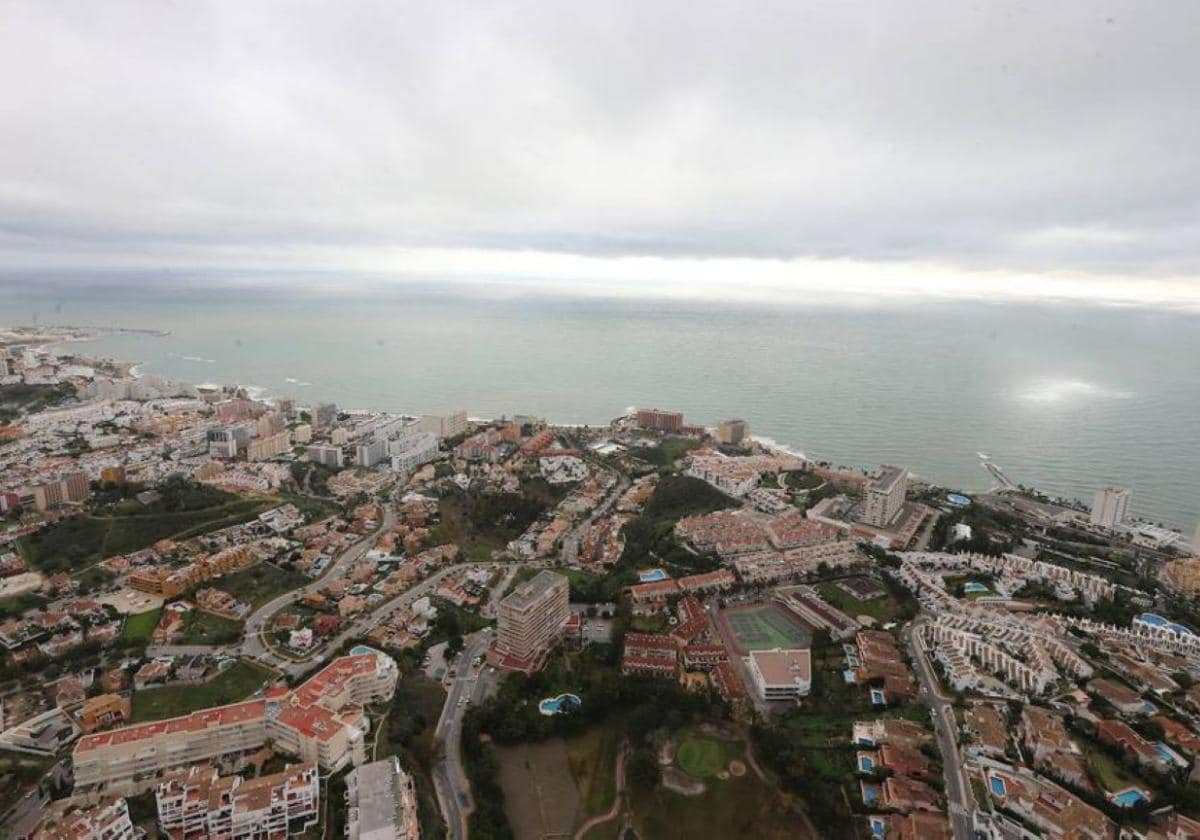Benalmádena: a lucrative mining heritage
THE STORY BEHIND A PLACE NAME ·
The abundance of iron and ochre deposits supports the theory that the name means 'sons of the mines'Alberto Gómez
Viernes, 24 de febrero 2023
The names of towns are often closely related to the history, language and culture of its inhabitants. Some have a religious connection, while others come from customs or characteristics that go back centuries, and many are linked to the origins of the area.
However, in toponymy, the etymological study of the proper names of a place are not always what they seem. In Malaga there are dozens of towns with names whose meaning are still unknown to a large part of their residents, as is the case of Benalmádena. Behind this pentasyllable name, one of the longest in the province, several theories have arisen, although the origin most accepted by historians comes from the Arabic 'Ibn al-ma'din', which means Sons of the mines.
The abundance of iron and ochre deposits in the area supports this theory, although other academics maintain that the current name of Benalmádena reflects the translation of another, similar, Arabic word also related to mining activity, 'Bina al-ma'din', meaning mine building.
The first documents containing references to Benalmádena date from the 15th century, in the midst of the reconquest of the Crown of Castile against the Nasrid Kingdom of Granada, in the context of the struggles between Christians and Muslims. However, the story of Benalmádena is much older. There is data that confirms that it was already inhabited some 18,000 years ago, in the Solutrean period of the Upper Palaeolithic, although recent investigations carried out in the nearby Cueva del Bajondillo, in Torremolinos, document the first moments of occupation of the area in the Middle Palaeolithic: this is why some historians cite an earlier chronology.
Several pre-historic cave paintings were discovered in the Cueva del Toro, also known as Cueva del Calamorro due to its location in the Cerro del Calamorro (at the foot of the Sierra de Mijas), in 1969.
Another theory, suggests that the original name means 'population between two springs' due to the Arabic word 'Bena-A La Ena'. It is also believed that Benalmádena may refer to the estate of the al-Madina family, a wealthy Muslim family, who may have owned land in the area, according to historical data.
Finally, it has been suggested that the name of the coastal town could refer to the union of an Arab lineage (the Madana) with the prefix Ben-, which means son or descendant, therefore the name would mean Sons of Madana. The most accepted hypotheses, however, are those related to mining activity in the area.
The name of Benalmádena has evolved in recent centuries and in numerous historical documents it can be read as Benalmaina, Benalmyna or Benalmadina, among other names.
The aforementioned Cueva del Toro, which could have been used as a sanctuary according to various studies, is essential for documenting the history of the municipality, since its occupation dates back about 15,000 years. The most striking detail of the cave is a red painting that represents a headless, hollow-horned mammal.
